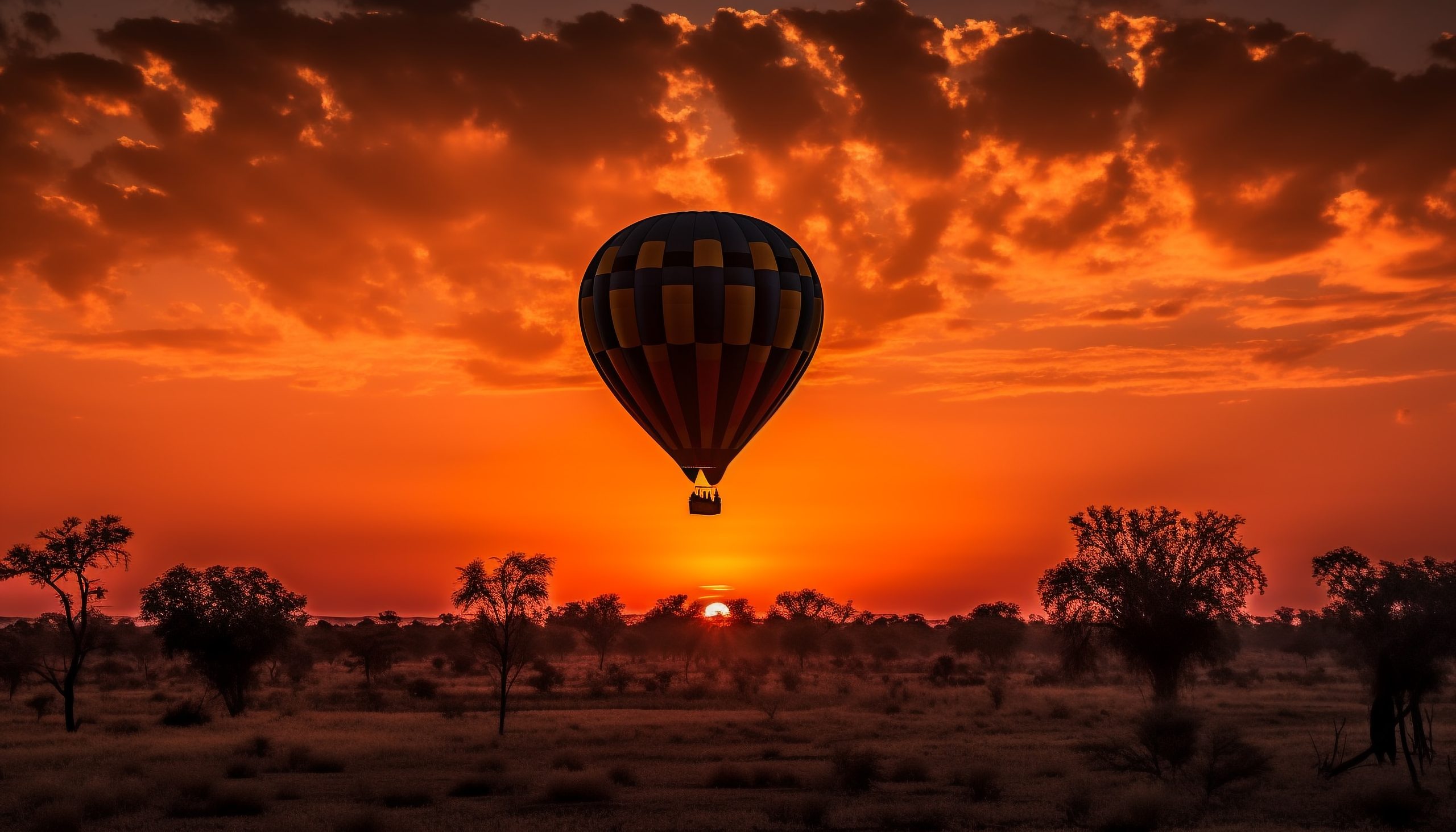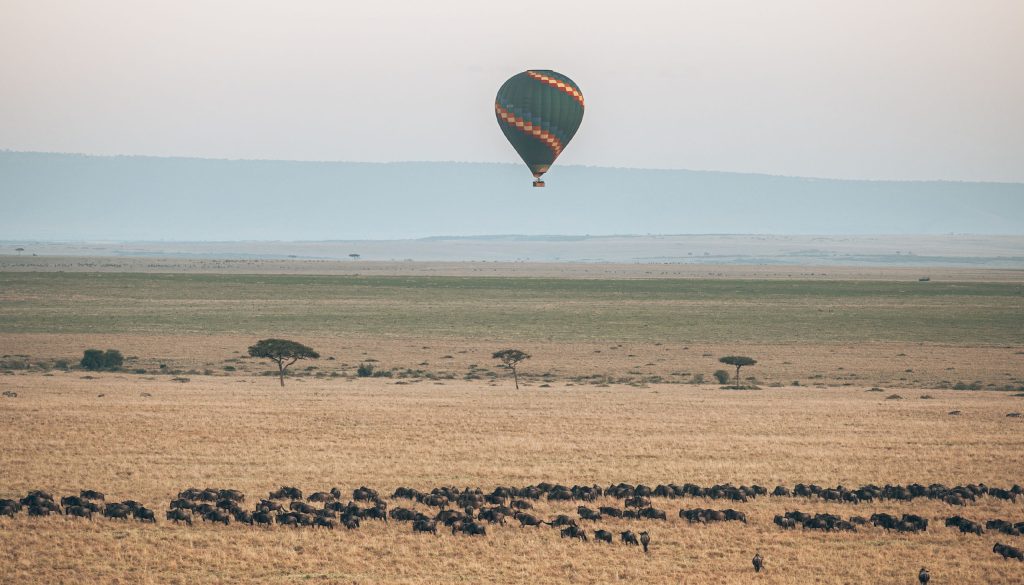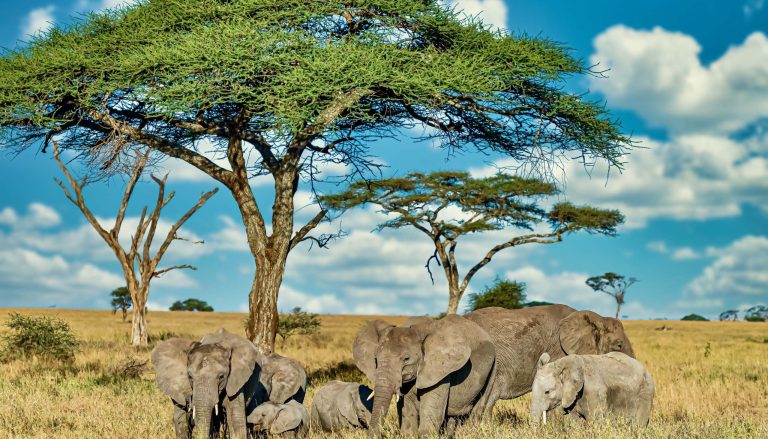
Since 1921 when the first steps were made to protect this area, the Serengeti has become arguably the most famous National Park in the world, a World Heritage Site and one of the most important areas of biodiversity on our planet. Gazetted in 1951, the now 14,750 km² of the Serengeti National Park forms part of the wider Serengeti eco-system comprising the Masai Mara, Grumeti and Maswa Game Reserves and contiguous with the Ngorongoro Conservation Area and Loliondo Game Controlled Area. The diverse landscape, ranging from the quintessential plains in the south to the gallery forest of the west and the hilly woodland to the north define a park that is plentiful in bird and animal life. A typical day on safari can be as varied as the topography, with surprises around every corner.
Since 1989 we have flown on the warm coastal winds that feed the richly nutritious grass plains of the south with ash from volcanoes. This is where animals in their millions choose to have their young. Much of the attention is on this, “the largest ungulate migration on earth” and indeed the sight of hundreds of thousands of wildebeest, Thomson’s gazelle and zebra in synchrony, driven by the common instincts to seek food and reproduce, is something that is hard to crystallise into words. It is about the vast scale of nature and yet it is also the story of each individual as it traces its journey across the grassland towards that far horizon. The wildebeest migration is a year round phenomenon, but you have to be in the right place at the right time to see it.


This area of southern Serengeti is where the gently rolling short-grass plains meet the vast sky at the far horizon. Humbling spaces, ever shifting arrangements of light, cloud and wildlife on an epic scale make this ideal ballooning country. A million wildebeest amass to feed on grass made rich by the volcanic ash that settles here on warm coastal winds, and remain to bear their young. From above, the patterns of the herds as they spread and regroup can be mesmerizing and you can see for miles – from the Ngorongoro Highlands and Gol Mountains right across the endless plains of the greater Serengeti. Predators too are always present here, and a cohort of herbivores and birds, great and small, all playing their own roles in this vital ecosystem.

Ready to take flight? Contact us to reserve your spot on a Melina Balloon Safari and create memories that will last a lifetime.
+255677950950 / +255677960960
info@melinaballoon.co.tz
Coca Cola Rd, Mikocheni, Dar Es Salam, Tanzania